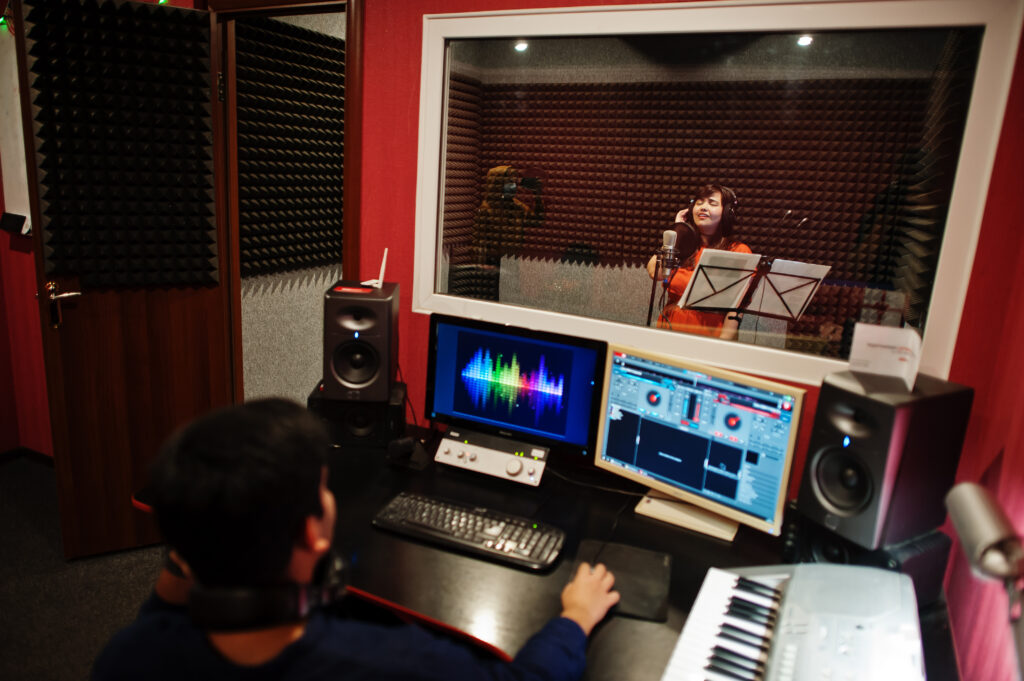
Introduction
When it comes to recording studios, achieving optimal sound quality is of utmost importance. One crucial element in creating a professional recording environment is the use of soundproof materials. In this article, we will explore the best soundproof materials for recording studios, discussing why they are considered the best, which recording studios use them, and their associated costs. Additionally, we will provide reference links and real customer reviews to help you make an informed decision.
The Best Soundproof Materials
1. Acoustic Panels:
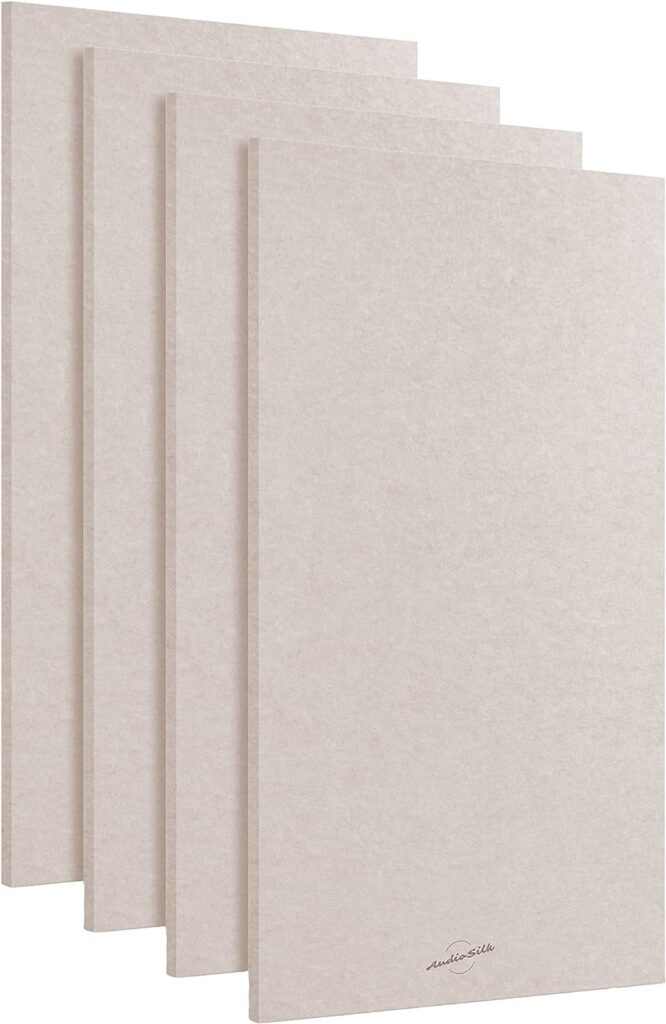
Acoustic panels are a popular choice for soundproofing recording studios due to their effectiveness in absorbing sound waves and reducing echo. These panels are typically made from materials such as fiberglass or foam, which are designed to absorb sound energy. They come in various sizes and shapes, allowing for flexibility in installation.
2. Soundproof Curtains:
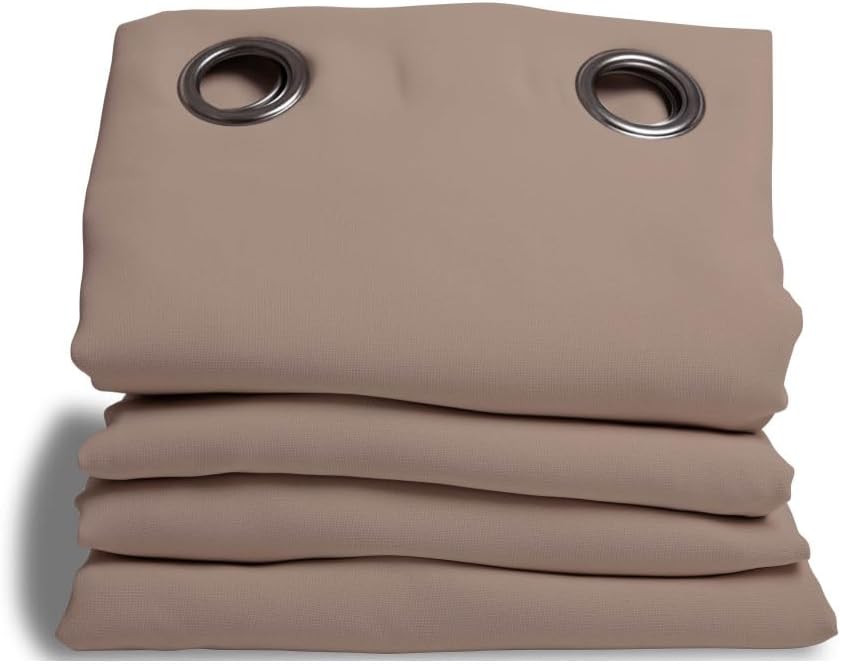
Soundproof curtains, also known as acoustic curtains, are another excellent option for recording studios. These heavy-duty curtains are made from dense materials that block sound from entering or leaving a room. They are particularly useful for controlling high-frequency sounds and reducing reverberation.
3. Mass Loaded Vinyl (MLV):
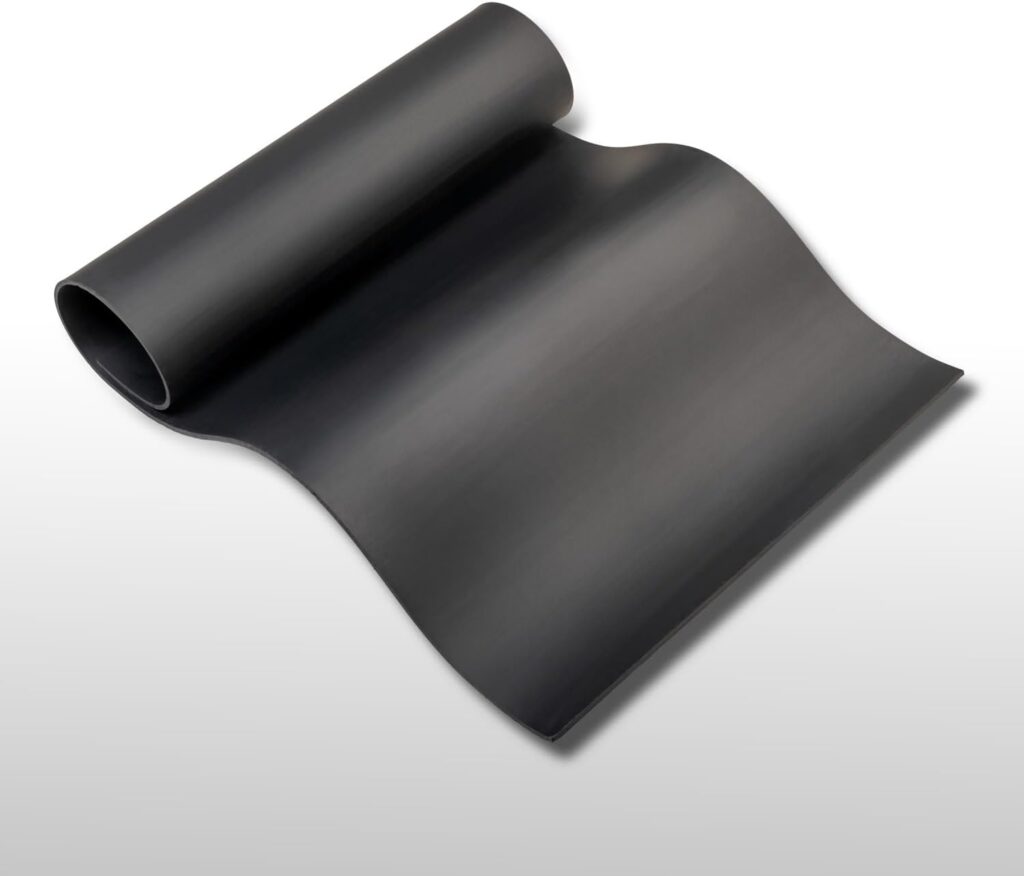
Mass Loaded Vinyl is a versatile soundproofing material that is commonly used in recording studios. It is a dense, flexible sheet made from a combination of vinyl and other additives. MLV is highly effective at blocking sound transmission and is often used as an additional layer of soundproofing behind walls, ceilings, or floors.
4. Green Glue:
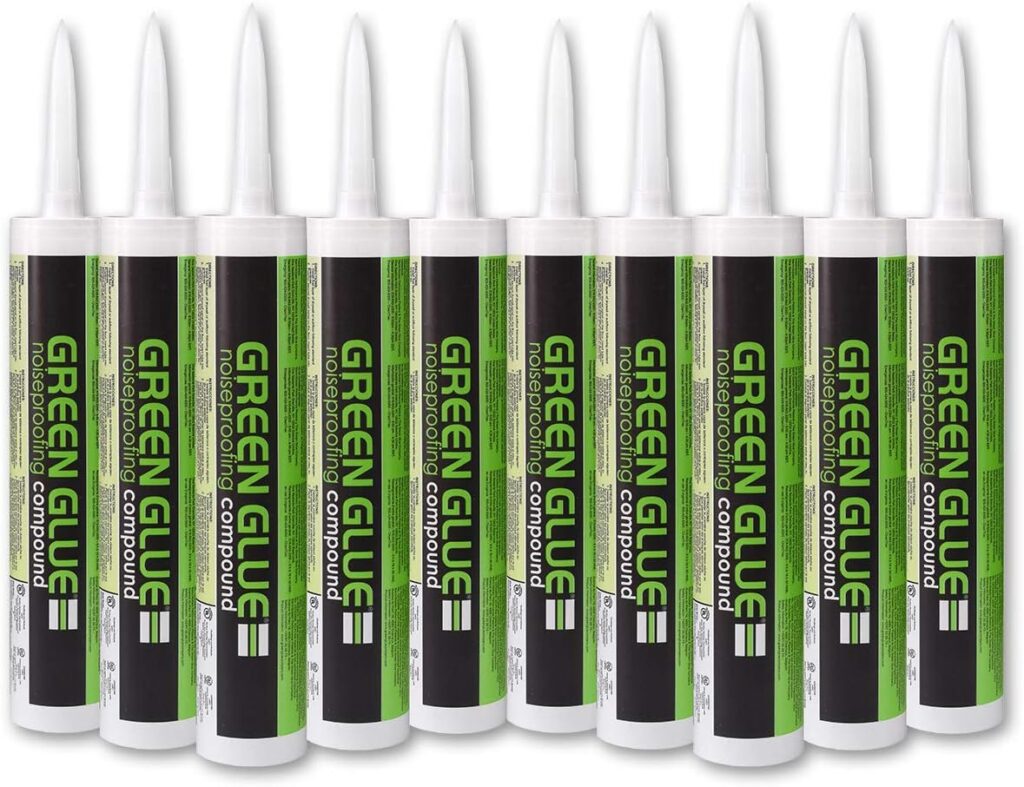
Green Glue is a viscoelastic compound that is applied between layers of drywall or other building materials. It converts sound energy into heat, effectively reducing sound transmission. Green Glue is known for its ease of use and effectiveness in soundproofing recording studios.
Why Are They the Best?
The aforementioned soundproof materials are considered the best for recording studios due to their proven track record in providing excellent sound insulation. Here are some reasons why they are highly regarded:
1. Superior Sound Absorption: These materials are specifically designed to absorb sound energy, reducing unwanted echoes and reverberations within a recording space. This results in a cleaner and more professional sound quality.
2. Effective Sound Blocking: The dense nature of these materials ensures that sound does not escape from the recording studio or enter from outside. This is crucial for maintaining a controlled recording environment and preventing external noise interference.
3. Versatility: The flexibility of these soundproof materials allows for easy installation and customization. They can be used on walls, ceilings, floors, and even windows, providing comprehensive soundproofing solutions.
Recording Studios That Use Them
Many renowned recording studios around the world utilize these soundproof materials to create an ideal recording environment. Some notable examples include:
1. Abbey Road Studios, London: Abbey Road Studios, famous for its association with The Beatles, incorporates acoustic panels and soundproof curtains to maintain its legendary sound quality.
2. Capitol Studios, Los Angeles: Capitol Studios, a historic recording facility, utilizes a combination of acoustic panels, MLV, and Green Glue to ensure exceptional soundproofing.
3. Electric Lady Studios, New York: Electric Lady Studios, founded by Jimi Hendrix, employs soundproof curtains and acoustic panels to create a controlled and immersive recording space.
Costs
The cost of soundproof materials can vary depending on the type, quantity, and quality. Here is a rough estimate of the average costs:
1. Acoustic Panels: $50-$200 per panel, depending on size and material.
2. Soundproof Curtains: $100-$300 per curtain, depending on size and density.
3. Mass Loaded Vinyl (MLV): $2-$4 per square foot.
4. Green Glue: $20-$30 per tube, covering approximately 16 square feet.
Please note that these prices are approximate and may vary based on location and supplier. It is advisable to obtain quotes from reputable suppliers for accurate pricing.
Reference Links
For further information on the best soundproof materials for recording studios, consider visiting the following resources:
– Sound on Sound: A renowned music technology magazine with detailed articles on soundproofing techniques and materials.
– Abbey Road Studios: The official website of Abbey Road Studios, offering insights into their soundproofing methods.
– Capitol Studios: Learn more about Capitol Studios’ soundproofing techniques and materials on their official website.
Customer Reviews
Real customer reviews can provide valuable insights into the effectiveness of soundproof materials. Here are a few testimonials:
“The acoustic panels I purchased for my home studio have made a significant difference in sound quality. The room sounds much more professional now!” – John D.
“I was skeptical about soundproof curtains, but they have exceeded my expectations. They effectively block out external noise, allowing me to focus on my recordings.” – Sarah M.
“Mass Loaded Vinyl has been a game-changer for my studio. It significantly reduced sound transmission, and the installation was straightforward.” – David R.
Conclusion
Investing in the best soundproof materials for your recording studio is essential for achieving optimal sound quality. Acoustic panels, soundproof curtains, mass loaded vinyl, and Green Glue are among the top choices due to their superior sound absorption and blocking capabilities. By using these materials, renowned recording studios like Abbey Road, Capitol Studios, and Electric Lady Studios have successfully created controlled and immersive recording environments. While costs may vary, it is crucial to consider the long-term benefits and improved sound quality that these soundproof materials offer.
